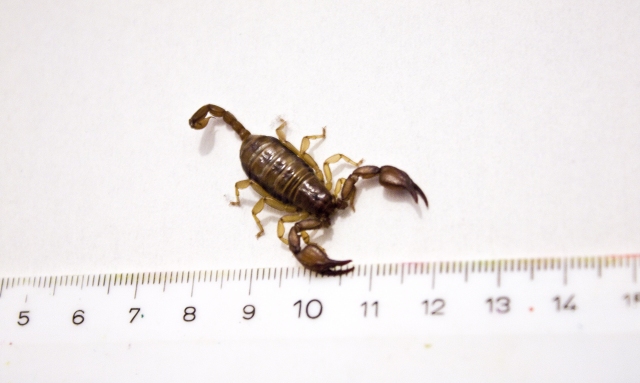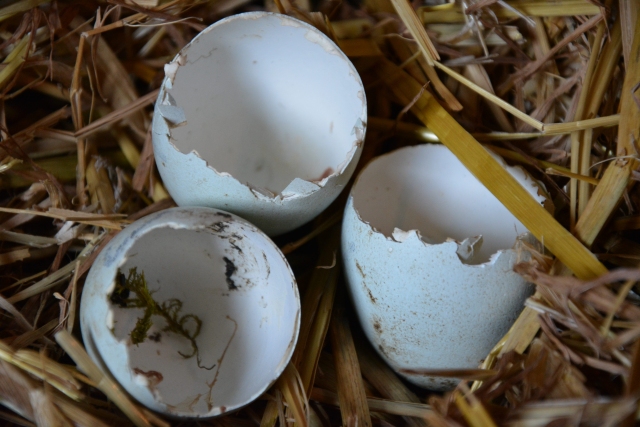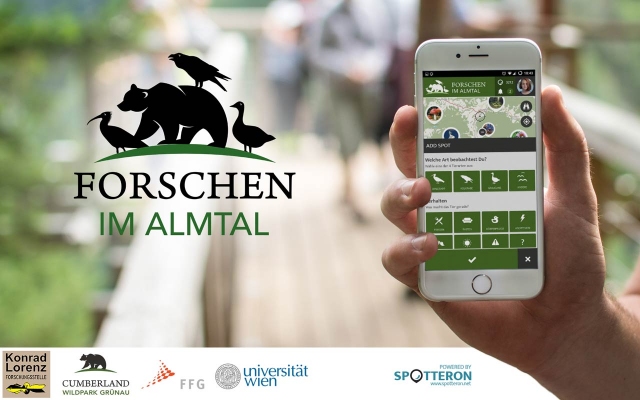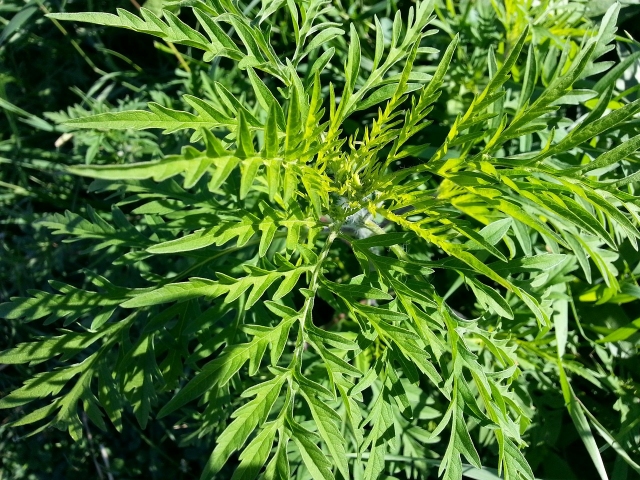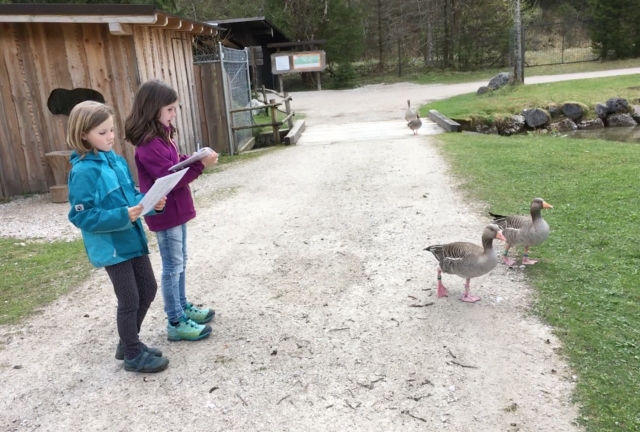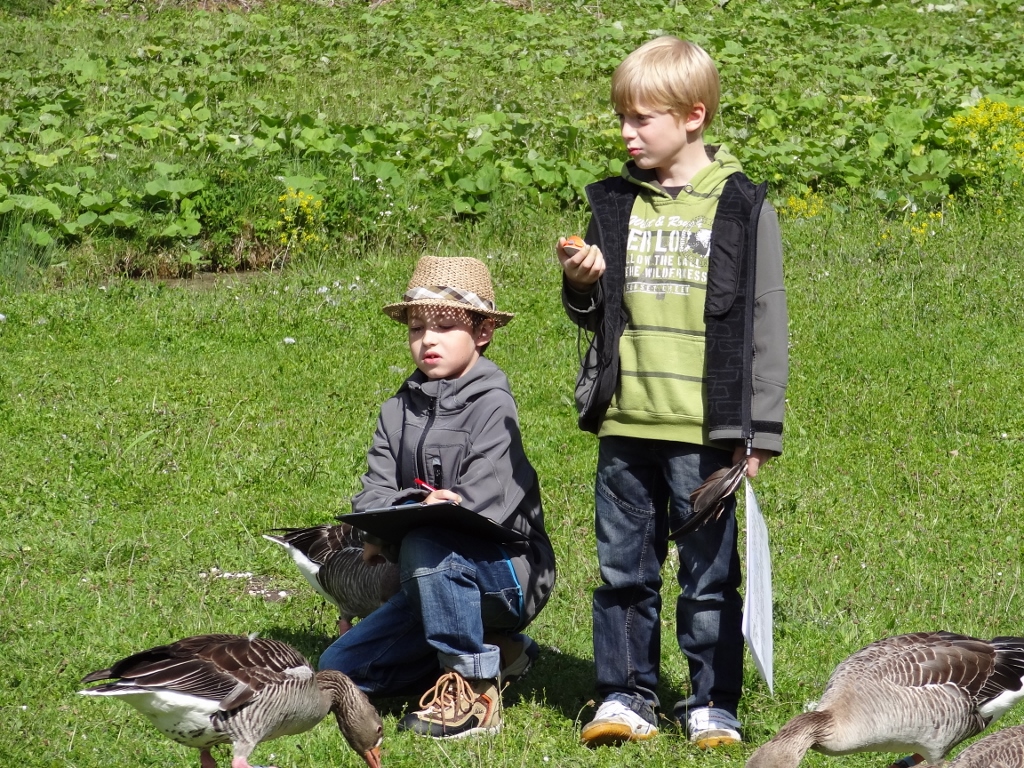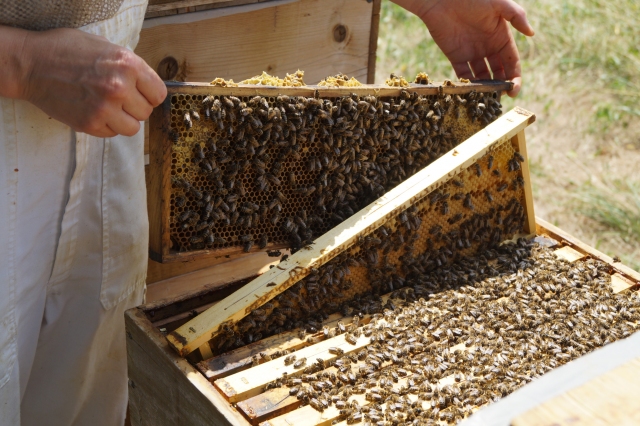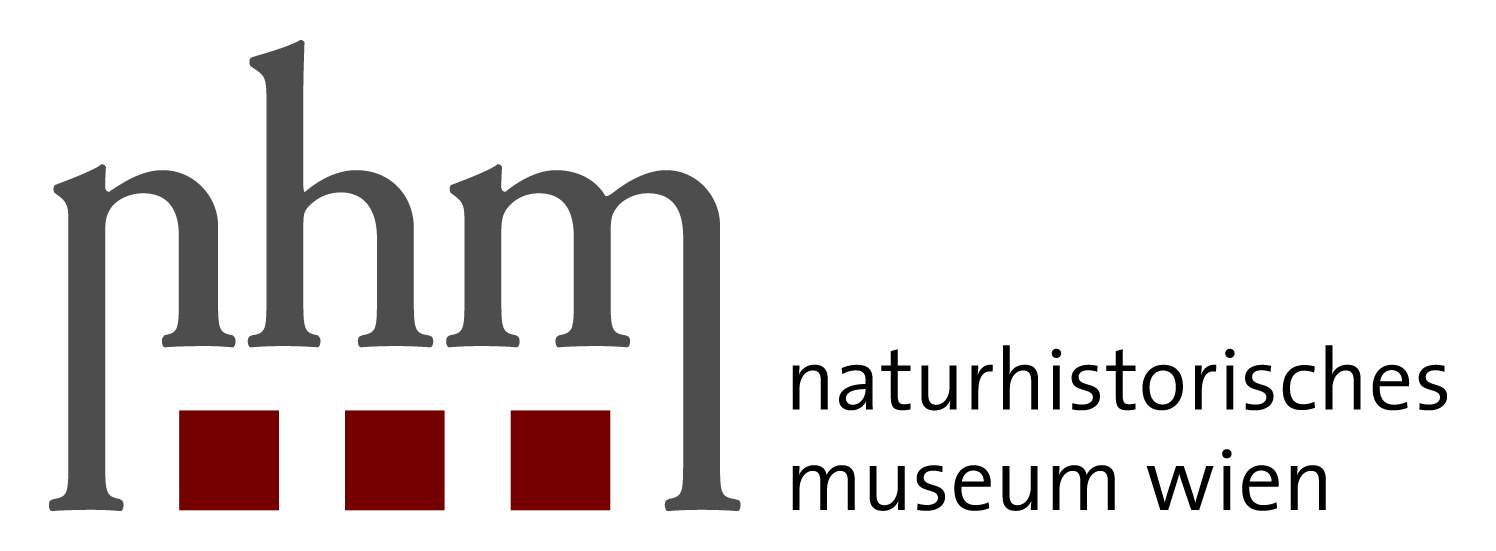
Florian Heigl
Kremser scorpion
Participatory exploration of the "Kremser scorpion” (Euscorpius tergestinus) with school students
"Triestino scorpion" (Euscorpius tergestinus - still listed as E. carpathicus in the Red List of NÖ), which are threatened with extinction in Lower Austria, exists as an archaeozoon in Krems. This population is an isolated north-eastern outpost of the distribution area. Since 2019, sightings of these animals have been collected together with students of the BRG Krems Ringstraße 33, a UNESCO school, with the participation of the population. The students' questions to the population not only lead to reports of findings, but also to many stories that are linked to the encounters with the animals. The participatory approach not only collects data on the distribution of the animals, but also sketches a picture of people's attitudes towards them.
The first results have already been published: The good news: it still exists, the "Kremser Scorpion"! A population exists in a small area in the city. The research results have been published online in the journal "Biodiversity and Conservation Biology in Eastern Austria (BCBEA)". As throughout the project, the project team shared the work and all team members contributed to the article. This article is an example of how citizen science with lay people and closely participatory with motivated students can create local knowledge around a conservation object. In the course of the project, further questions have emerged that will continue to occupy a new generation of pupils in possible follow-up projects.
In this respect, we are still grateful for ongoing sightings, reports and stories!
Citizen Science Seminar
In 2022, poject coordinator Martin Scheuch held a lecture about the Kremser scorpion as part of the lecture series "Citizen Science Seminar" at the University of Natural Resources and Life Sciences Vienna (BOKU): "The Scorpion of Krems - Success with School & Citizen Science" (in German).
Project partners
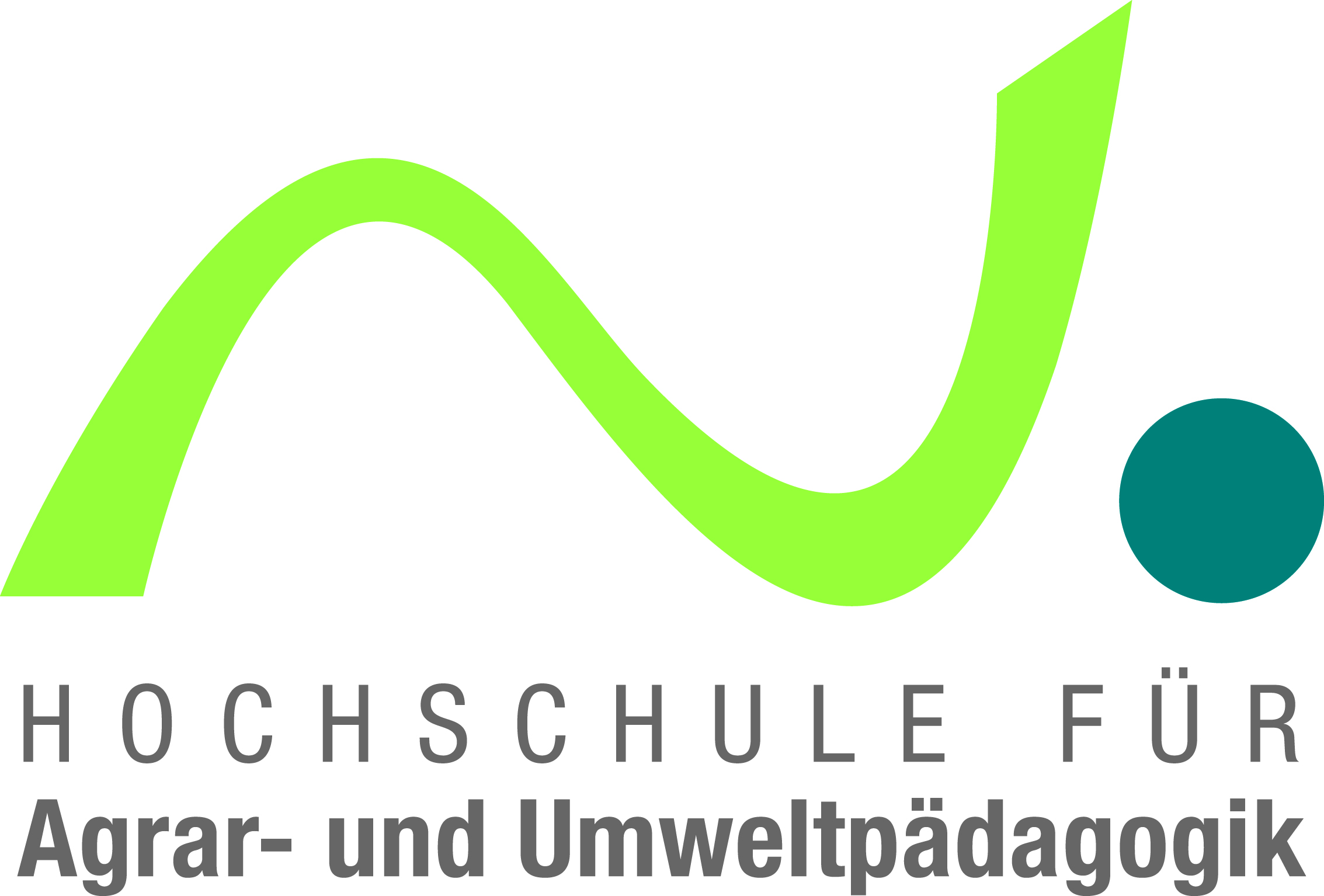 |  | 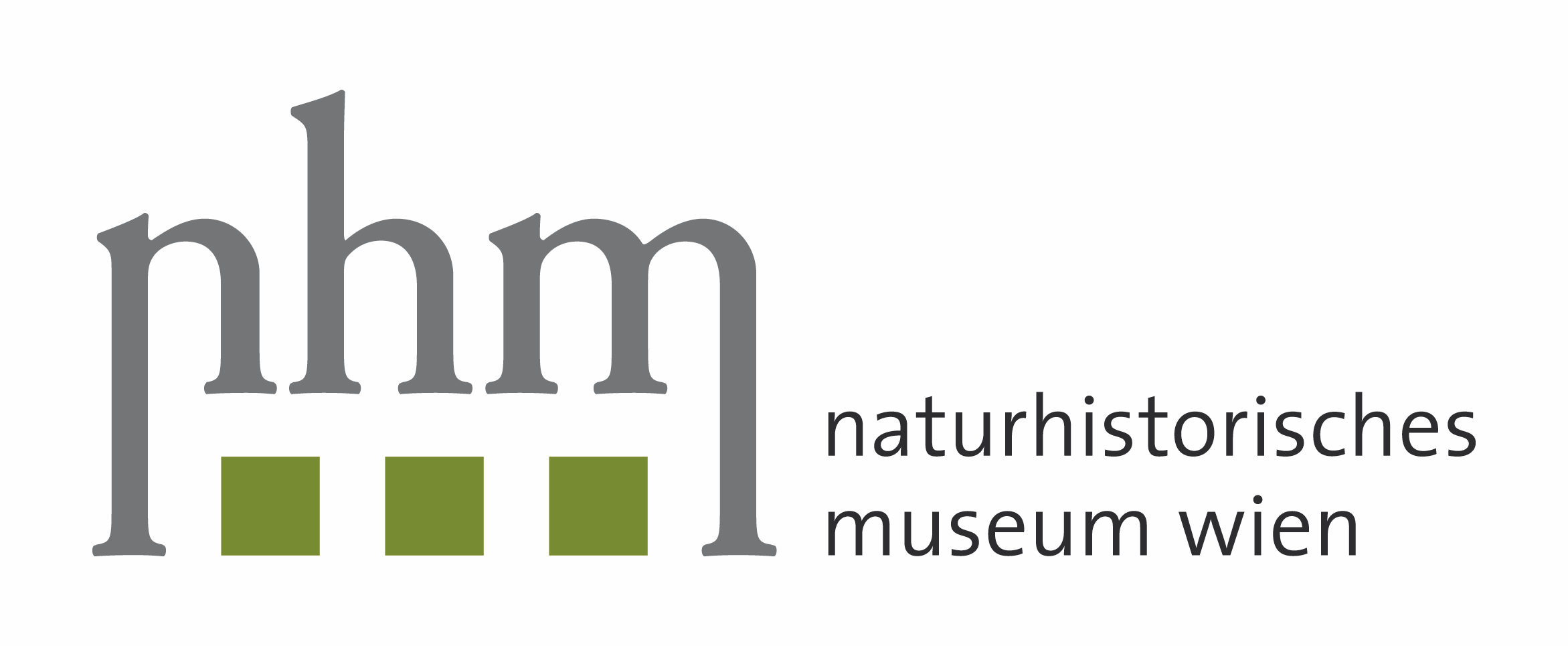 |
This project fulfils version 1.1 of the quality criteria for citizen science projects on Österreich forscht.
Homegrown
“Homegrown - There is nothing like a homegarden”
Project description
With their variety of plant species and the experience of the gardeners, rural home gardens constitute an integral component of the cultivated landscape in the Lienz district, East Tyrol. Together with pupils of the BG/BRG Lienz school (and biology, math/physics and English teachers), scientists are investigating rural home gardens, including stocks of plant species and the use of plants. These results will be compared with those taken 20 years ago from the same gardens and will help to identify changes in gardens and their cultivation. These diachronic perspectives allow a precise and empirically established overview of changes in rural home gardens in the countryside of an industrial and services-focused state, in the context of demographic and economic changes and the search for a new identity.
To gain a better understanding of the local perception of the significance of rural home gardens, observations from gardeners and their neighbours concerning ecosystem services in gardens and their significance will also be recorded.
The project will also investigate cultivation techniques that adapt to extreme weather or ensure sustainable growth. It will also find out why people grow gardens and which values and approaches guide their behaviour or actions in gardens.
As part of an additional citizen science module, the local population in East Tyrol and Oberen Drautal will be combined. The module appeals to gardeners who are interested in taking surveys in their gardens, according to methodological direction and by monitoring their gardens, so as to demonstrate the material and immaterial ecosystem services in gardens. These gardeners and the cooperating young people will be trained in simple quantitative and qualitative survey methods for this purpose. This will take into account the opportunities that depend on the education and experience of each individual participant.
The starting point for developing analogue survey tools for the researching gardeners is a universal T-card office planner (49 x 47.3 cm, 7 panels, light grey) with 20 slots and 7 columns. The card slot system provides a weekday structure (Monday to Sunday), an hourly structure (6 a.m. to 10 p.m.) and six variables for recording ecosystem services.
On the universal T-card planner, the gardeners use the provided weekday and time scales with differently coloured slots to record the following specific information in writing about the individual ecosystem services during the recording period:
- Provisioning services, such as the yield of vegetables and fruits from the home garden (name of the person harvesting, time and duration, name of the harvested fruits and vegetables, the amount harvested and its respective use).
- Regulating services, such as birds, insects or pests in the home garden (name of the observing person, time and duration, name and number of birds, insects or pests observed).
- Cultural services, such as cultivation techniques in the home garden (name of the person cultivating, time and duration, tools used, etc.) or activities in the home garden when used as a place for relaxation and leisure.
The time spent in the garden will be recorded with a simple stopwatch. Some plant materials will be weighed out with simple, easily available kitchen scales. The card slots will be placed somewhere protected from weather or positioned where they are in the gardener’s view. This location will be decided on site with the gardener.
The duration of collections using the card slot system will be calculated at at least a week and will then be passed on to another gardener. Seven card slot systems will be prepared. The recordings ran from 1 August to 31 August 2018.
Through the participation of citizen scientists, a continuous observation and record of local perception (emic viewpoint) of the ecosystem services of home gardens is guaranteed. The methods were proposed by a gardener from the region being researched and were discussed/considered together with other gardeners from the area. The citizen scientists were actively involved in data acquisition and collection, data analysis and interpretation and the publication of results in the project report, scientific journals and conferences and in local media (dolomitenstadt.at). The collected data was continuously documented and stored by scientific guardians. Interim and final results were returned to the participating gardeners as part of the “give back” culture in the citizen science final event (“Gartenfest”).
Project collaborators
Heidemarie Pirker
Brigitte Vogl-Lukasser
Partners
BG/BRG Lienz (Renate Hölzl, Arno Oberegger, Hansjörg Schönfelder and the pupils of class 6b (from academic year 2018/2019: 7b).
Marie-Luise Wohlmuth (workshops on soil biology)
Ramona Walder (photography)
Peter Werlberger (video)
Gerhard Pirkner (dolomitenstadt.at)
Germain Weber & Team (Faculty of Psychology, University of Vienna)
Christian Ragger (REVITAL - Integrative Naturraumplanung GmbH)

Image gallery
(Click on an image to enlarge)
https://www.citizen-science.at/en/conference/author/934-florianheigl?start=130#sigProId537f10b2da
This project fulfilled version 1.1 of the quality criteria for citizen science projects on Österreich forscht.
NestCams
In this project, citizen scientists studied the breeding behaviour of greylag geese and northern bald ibises. The project was run by scientists of the Konrad Lorenz Research Center (Grünau im Almtal, Upper Austria).
Since its foundation in 1973, the Konrad Lorenz Research Center (KLF, a core facility of the University of Vienna) has been engaged in research on avian social systems. Three bird species in particular are used as models: greylag goose, raven and northern bald ibis.
What was it about?
This project investigated the relationship between behavioural patterns and breeding success in two bird species (greylag goose, northern bald ibis). The selected species use different strategies: greylag geese are long-term monogamous, the female alone incubates the eggs, and the goslings are precocial, meaning that they are relatively mature and mobile from the moment of hatching onwards.
In the case of the seasonally monogamous northern bald ibis, both pair partners care for the nest and the hatchlings are altricial, meaning that the young hatch featherless and unable to walk on their own. They require parental care for feeding and stay in the nesting area until fledging.
Aims of the NestCams project
Together with citizen scientists, researchers aimed at finding out why some pair-partners within a flock are more successful than others in breeding and raising the offspring
Who could participate?
To participate in the NestCams project participants needed a computer with internet access.
How could one participate?
Participation was possible on the online platform Zooniverse.org in English and German and without registration. In order to be able to get in contact with the project members in the "Talk", registration was necessary.
News:
Update 30.03.2021: The goal of 15000 videos has been reached! More videos are now ready for evaluation - the more videos, the more representative the data set will be. Many thanks for the support!
March 2021: Already 41,000 short videos of nesting greylag geese and northern bald ibis could be coded with the help of more than 5,500 citizen scientists! Greylag goose videos from the 2018 breeding season have all been analysed and those from the 2019 breeding season have been uploaded. The goal is to complete at least 15,000 videos in March and April 2021. To say thank you, small prizes will be raffled among all registered participants.
Publications
Rittenschober J., V. Puehringer-Sturmayr, & D. Frigerio, The relevance of a digital platform for the citizen science project NestCams, PoS(ACSC2020) (2021) Sissa Medialab. Proceedings of Science (PoS) Vol. 393. DOI: https://doi.org/10.22323/1.393.0009
Rittenschober, J., Kleindorfer, S. and D. Frigerio - The project design influences the quality of contributions in an online Citizen Science project - PoS(ACSC2023) (2023) Sissa Medialab. Proceedings of Science (PoS) Vol. 442. DOI: https://doi.org/10.22323/1.442.0014
The Konrad Lorenz Research Centre on Social Media

This project fulfilled version 1.1 of the quality criteria for citizen science projects on Österreich forscht.
Forschen im Almtal (Research in the Almtal)
Visitors of the Cumberland game park in Grünau im Amtal (Upper Austria) were invited to use an app to enter sightings and behavioural observations of greylag geese, common ravens and northern bald ibises and thus support research projects and the long-term monitoring of the Konrad Lorenz Research Center (KLF).
Since its foundation in 1973, the KLF (nowadays a core facility of the University of Vienna) has been dedicated to research on the social systems of free-flying birds. Especially three bird species are used as models: greylag goose, raven and northern bald ibis. As some aviaries of the KLF are located in the game park (e.g. free flight aviary of the northern bald ibises), the two institution share a close cooperation.
What was it all about?
The aim of this project was to monitor the spatio-temporal patterns of three model bird species (greylag goose, common raven, northern bald ibis). We wanted to find out, when and where which animals can be found. Do they have preferences for certain places within the game park or do they prefer the company of conspecifics? The free-flying birds of the KLF are individually marked (leg rings, wing tags), which makes it possible for Citizen Scientists to recognize the birds individually.
Who could participate in the research?
Everyone who owns a smartphone and downloads the app "Forschen im Almtal".
How could one participate?
To participate, you needed to download the app "Forschen im Almtal" to a mobile device and log in/register. When visiting the game park in Grünau im Almtal and seeing one of the three bird species (greylag goose, northern bald ibis, raven) citizens could create a spot on a map. Further information could be obtained from the app manual or by contacting the research team.
For school classes and groups of 7 people or more, there was the possibility for a workshop and accompaniment during data recording; more information at: https://naturschauspiel.at/naturschauspiele-startseite/flattern-und-schnattern-im-almtal---buerger-schaffen-wissen-188984.
Publications
Pühringer-Sturmayr V, Rittenschober J, Gegendorfer G, Kleindorfer S, Frigerio D (2023). Assessing quality of contributions to avian monitoring by non-scientists: a case study on individually banded wild birds. Environ. Res. Lett. 18. DOI: https://doi.org/10.1088/1748-9326/acd073
Hirschenhauser, K., Frigerio, D., & Neuböck-Hubinger, B. (2022). Science Education and Beyond: Citizen Science in Primary School Potentially Affects Conceptual Learning and Socio-emotional Development. In A. Volvlas (Hrsg.), Citizen Science - Methods, Approaches and New Perspectives. Intechopen. DOI: https://doi.org/10.5772/intechopen.107532
Links
Project on the website of Uni Vienna
Proceedings of the Citizen Science Conference 2019
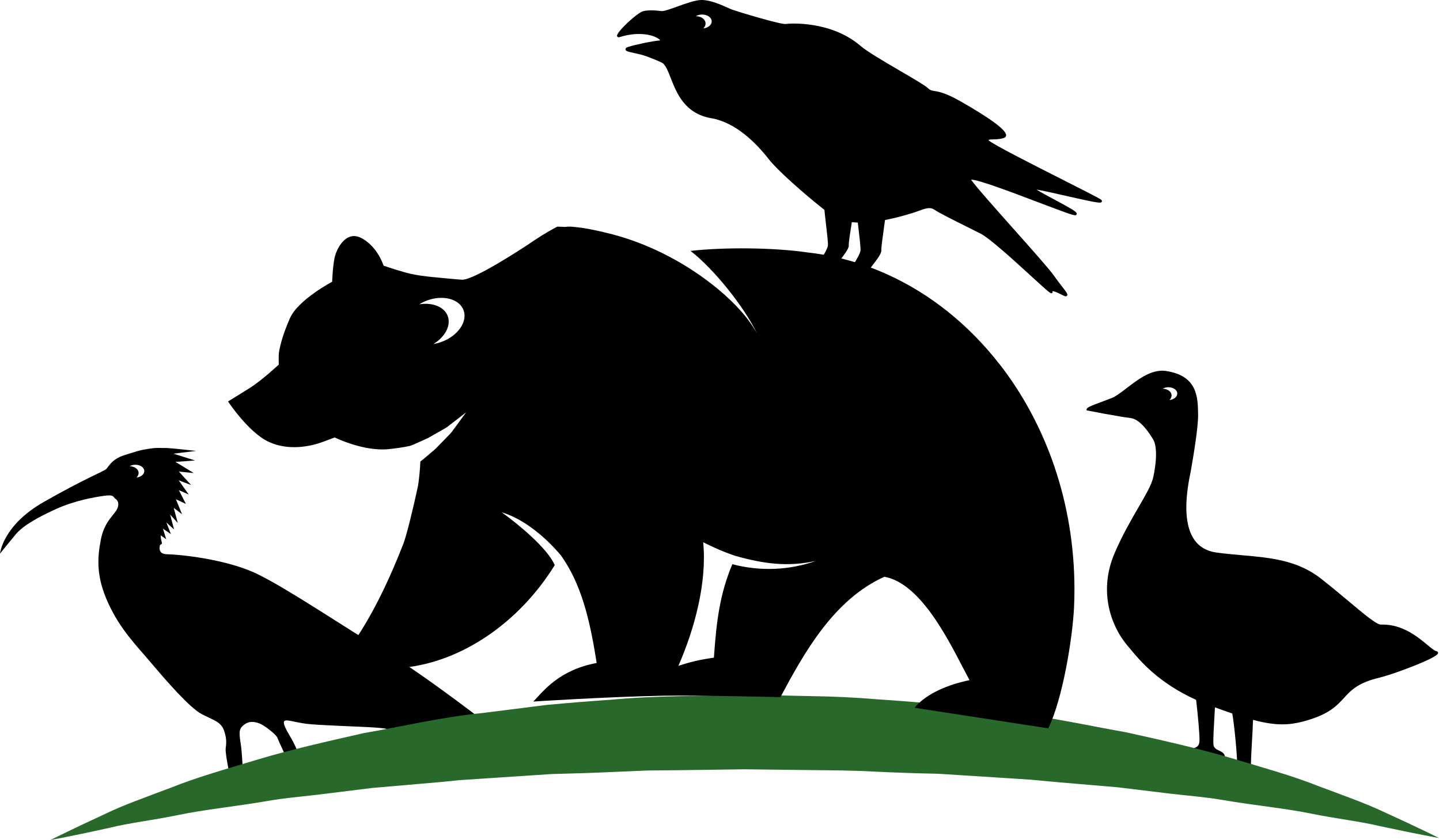

This project fulfilled version 1.1 of the quality criteria for citizen science projects on Österreich forscht.
Ragweed Finder
The Ragweed Finder was developed in 2017 by the Austrian Pollen Information Service at MedUni Vienna and has also been available to download as an app for Android and iOS since 2019.
The Ragweed Finder consists of four components:
- Specimen report
- Ragweed distribution map
- Information about Ragweed
- Manual to recognize ragweed
Specimen report
The most important data such as location, population size and symptoms can be entered quickly using the specimen report. Uploading a photo is mandatory, otherwise a reported specimen cannot be verified by the experts of the Ragweed Finder team. Users can decide whether to report by name or anonymously (only via email address).
Ragweed distribution map
Already verified specimen reports of ragweed are listed herein within the current season. The number of symbols amounts to the number of reports displayed on the map. The colouring around the specimen sites indicate the symptom intensity.
About Ragweed
What is ragweed? Where does it grow? What is known about ragweed pollen allergy? What can be done? These and other questions are answered in this compilation of the most important information about ragweed.
Recognize Ragweed
Some ragweed pollen allergy sufferers do not know their allergy trigger and may walk along an infested field without recognizing the plant. However, in order to report ragweed, a reliable identification of the plant is required. Many photos as well as a short instruction on how to take convincing pictures turns the interested citizen into a ragweed expert.
What happens with the specimen reports?
First of all, the specimen reports have to be evaluated. Each verified report is then transferred to the distribution map. Users will be informed about the evaluation of their specimen report via e-mail. The verified specimen reports are forwarded once a week to the responsible institutions/federal state governments. This enables the authorities to set appropriate corrective actions (e.g. mowing) and locate ragweed hotspots.
So far, there is no comprehensive legal obligation to report or remove ragweed in Austria. Only in Burgenland a law to control and prevent the spread of ragweed was passed in 2021.
Highlights:
- For the first time, a tool for recording ragweed plants is available free of charge for all of Austria.
- The ragweed distribution map is available for the public.
- Thanks to a guideline and a checklist for reporting ragweed specimen, anyone can identify and report ragweed.
Ragweed pollen allergy sufferers can be an active support to contain the uncontrolled spread of ragweed!
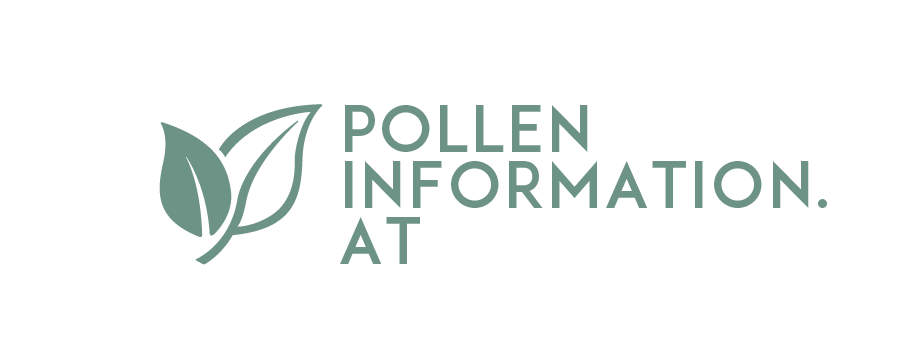
This project fulfils version 1.1 of the quality criteria for citizen science projects on Österreich forscht.
Monitoring greylag geese in the Almtal
Interested groups (mainly school classes) can participate in this scientific project about the whereabouts of the greylag geese in the Cumberland game park in Grünau im Almtal (Upper Austria).
The social behaviour of the flock of greylag geese of the Konrad Lorenz Research Center (a core facility of the University of Vienna) has been monitored for more than 40 years. The birds are individually marked by coloured leg-rings and can move completely free.
What is it all about?
During the breeding season (March to June) the greylag geese generally spend part of the day in the game park. Aim of this project is to monitor the spatio-temporal patterns of the goose-families during the rearing period. The collected data provide information about the behavioural ecology of the greylag goose.
Who can participate in the research?
School classes and other groups who are interested in participating as Citizen Scientists in the research of the Konrad Lorenz Research Center.
How can one participate in the research?
In order to participate, school classes/groups are asked to register for a workshop with subsequent data collection on the website Naturschauspiel.
Equipped with a protocol sheet, goose list and a site plan and accompanied by a biologist of the Research Center, the pupils record sightings of greylag geese on their way through the game park.
© Archive KLF
Results
Puehringer-Sturmayr, Gegendorfer, Rittenschober, Szipl, & Frigerio (2018): Involving pupils/citizens in long-term behavioural biology research. Lessons learnt and future perspectives. In: Heigl et al. (2018): Austrian Citizen Science Conference 2018, Abstract Book, p. 34-38.
Pühringer-Sturmayr V, Rittenschober J, Gegendorfer G, Kleindorfer S, Frigerio D (2023). Assessing quality of contributions to avian monitoring by non-scientists: a case study on individually banded wild birds. Environ. Res. Lett. 18. DOI: https://doi.org/10.1088/1748-9326/acd073
Hirschenhauser, K., Frigerio, D., & Neuböck-Hubinger, B. (2022). Science Education and Beyond: Citizen Science in Primary School Potentially Affects Conceptual Learning and Socio-emotional Development. In A. Volvlas (Hrsg.), Citizen Science - Methods, Approaches and New Perspectives. Intechopen. DOI: https://doi.org/10.5772/intechopen.107532
Links
https://www.sparklingscience.at/de/projects/show.html?--typo3_neos_nodetypes-page[id]=1247
http://www.naturschauspiel.at/
The Konrad Lorenz Research Centre on Social Media
This project fulfils version 1.1 of the quality criteria for citizen science projects on Österreich forscht.
Virus monitoring
Which are the most common bee viruses in Austria and are these viruses related to winter losses of local bee colonies? To answer these questions, 200 beekeepers from all over Austria are working as Citizen Scientists in the "virus monitoring" for three years (2018-2020). Each year in September they collect bees from five of their colonies and send them to AGES, Department of Apiculture and Bee Protection. In addition, they report the winter losses of their colonies. The samples are analysed for eight important bee viruses and checked whether the occurrence and severity of the virus infections are related to winter losses. The beekeepers are provided with the virus analyses of their colonies and thus learn more about the health status of their bee colonies.
According to current scientific knowledge, bee viruses, such as the deformed wing virus and the acute bee paralysis virus, are partly responsible for high winter losses. However, other viruses, such as the sacbrood virus or the chronic bee paralysis virus, also cause problems for bee colonies. Unfortunately, we currently only have selective knowledge about the occurrence and frequency of these bee viruses in Austria. Up to now, viruses have usually only been tested, when damage to bee colonies has already occurred. Research results from the USA and neighbouring European countries have shown, that many viruses occur just as frequently in inconspicuously appearing colonies as in clearly damaged ones. In order to make a statement about the frequency of bee viruses, both conspicuous and inconspicuous colonies must therefore be examined (= a representative selection).
"Virus monitoring" is a module of the project "Zukunft Biene 2", which is investigating Austria's bee health from 2017-2021 under the lead of Dr. Robert Brodschneider of the Karl-Franzens-University Graz. Research partners in the project are the University of Graz, AGES and University of Veterinary Medicine Vienna. The project is financed by the Federal Ministry for Sustainability and Tourism (BMNT), the Austrian Federal Provinces, the beekeepers' umbrella organisation "Biene Österreich" as well as in kind contributions of the Karl-Franzens-University Graz, Vetmeduni Vienna and AGES.
Citizen Science Seminar
In 2020, poject coordinator Linde Morawetz held a lecture about "Virus Monitoring" as part of the lecture series "Citizen Science Seminar" at the University of Natural Resources and Life Sciences Vienna (BOKU): "Beekeepers as Citizen Scientists: on the trail of bee viruses" (in German).
Project team
- Citizen Scientists (sample and data collection): 200 beekeepers from all over Austria
- Project management (communication, reporting): Linde Morawetz
- Project implementation (elaboration and preparation of materials): Katharina Etter, Irmgard Derakhshifar, Hemma Köglberger, Rudolf Moosbeckhofer
- Analytics laboratory (method development, analysis): Adi Steinrigl, Sigrid Träger
- Statistician (statistical analysis): Antonia Griesbacher
- Project management overall project "Zukunft Biene 2" (project management): Robert Brodschneider
- Cooperation partners "Zukunft Biene 2" (consulting): Karl Crailsheim, Benjamin Lamp
This project fulfilled version 1.1 of the quality criteria for citizen science projects on Österreich forscht.
Tea Bag Index
Can tea help us understand climate change? Yes, but we need your help! We would like you to become our research partner and take part in one of the largest experiments on soil decomposition processes at the moment!
Herpetofauna
Amphibians and reptiles under observation in Austria
Importance and evaluability of databases increase with the extent, the precision and the currency of the data stored.
The Natural History Museum Vienna, one of the largest non-university research institutions in Austria, houses more than 30 million objects from the fields of biology, earth sciences and human sciences. For 35 years, the Amphibian and Reptile Collection has also been collecting data on the historical and recent distribution of amphibian and reptile species in Austria. All distribution data are documented in the Austrian Herpetofauna Database (current data status: about 110,000 findings). In collecting observations, the Herpetological Collection is also dependent on the help of numerous volunteers who make their discovery reports and observations available for inclusion in the database. On the homepage www.herpetofauna.at one can report online amphibian or reptile observations, which are to be included in the database. The homepage was created about 15 years ago by dedicated "Citizen Scientists" and has been maintained by volunteers since then. There is also the possibility to report sightings analogously by mail (data entry form). In addition to localities and taxon, accompanying data such as habitat characteristics, endangerment, stage of development etc. are recorded. Only data that are photographically documented are processed. So far, more than 20,000 records from "Citizen Scientists" have been included in the database and are available for research.
If you know autochthonous amphibian and reptile species, we ask you to report your sightings to us.
Report observations online
Herpetological reports of sightings can either be entered on the page www.herpetofauna.at or sent by e-mail to This email address is being protected from spambots. You need JavaScript enabled to view it.. Since both reporting options store the data in the same database, we ask you to enter your observations only once and only in one place.
Report sightings by mail
For this purpose, a data entry form is available, which we ask you to print out, fill in and send to the following address or bring it to the museum.
Silke Schweiger
Herpetologische Sammlung
Naturhistorisches Museum
Burgring 7
1010 Wien
A separate survey form must be used for each reference site and observation period.
Thank you for your cooperation!
Podcast episode
If you would like to learn more, you can listen to the Wissen macht Leute podcast episode about the project (in German). More information can be found here.
Further reading

Die Amphibien und Reptilien des Neusiedler See-Gebietes
181 Seiten, 316 Abbildungen
Bestimmungsschlüssel für alle im Gebiet vorkommenden Amphibien- und Reptilienarten
QR-Codes mit Amphibienrufen
Medieninhaber und Herausgeber: © 2015, Verlag des Naturhistorischen
Museums Wien, Burgring 7, 1010 Wien, Österreich, www.nhm-wien.ac.at. Nationalpark
Neusiedler See – Seewinkel Informationszentrum, Hauswiese, 7142 Illmitz, Österreich, www.nationalpark-neusiedlersee-seewinkel.at
ISBN 978-3-902421-95-1
This project fulfils version 1.1 of the quality criteria for citizen science projects on Österreich forscht.
German in Austria (IamDiÖ)
Project description
When it comes to language, everyone can have a say!
"IamDiÖ – German in Austria" invites you to explore the diversity, change and use of all possible forms of German in Austria, from dialect and standard language to youth language and jargon.
By including the knowledge, opinions, experiences and concerns of the citizens in the research process, socially relevant topics are addressed and discussed publicly.
The aim of the Citizen Science project "IamDiÖ – German in Austria" is to encourage everyone to engage with their (own) use and perception of the German language in Austria and to conduct research in this field. In this way, exchange between the interested public and academia is facilitated and academia becomes tangible through citizen science. Academia, in turn, can gain new insights and approaches through public participation.
There are many ways to contribute to the projekct, addressing different aspects of the German language in Austria.
The questions in the project are:
- Which words are used in Austria?
- Which topics are of interest to the Austrian population when it comes to German in Austria?
- How can citizens use their knowledge, concerns and experience to contribute to research into the German language in Austria?
How can one participate?
There are various ways to take part in "IamDiÖ – German in Austria".
1. Collecting words
Speakers of the German language in Austria collaboratively create a digital dictionary by entering words they use or hear on the “Wortgut” website. This allows to collect a large number of words used in Austria – some of which may have never been written down before. All forms (varieties) of the German language in Austria can be entered in the dictionary, ranging from standard language and dialect to youth language and jargon. If you use this word in Austria, it is a perfect contribution to our collection.
2. Question of the month
You can submit questions about the topic of "German in Austria" (Question of the month). The question of the month provides an insight into socially relevant topics on the German language in Austria. If there is already an academically sound answer to this question, scholars from "German in Austria" will provide an answer. If there is not an answer yet, you can search for an answer yourselfand start your own research project. In this way, citizens themselves become researchers in the field of linguistics. The website of the project provides information, instructions, methods and tips on the research process so that participants can find an answer to their questions.
Once a month, two of the questions submitted or researched are selected and participants can vote on the Facebook project page to decide which of the two questions should be answered this month. The question with the most votes will be answered either by you or our scholars on the project website.
3. Search for written text in the public space
Everyone can search for writing in public space. Among the research objects are posters, signs, stickers on the street, in the park or in public buildings, which contain written text in a language or in a language variety (e. g. dialect). Participants can take photos of these posters or signs (with the Lingscape App) and provide additional information (e. g. geoinformation or which languages can be seen). These photos are used, among others, to analyse the variety and dynamics of written text in the public sphere. They can be viewed and analysed by users on a map in the app or on the Lingscape website.
The photos of written text in public space can easily be taken on the way to work or school.
However, there are also organised scavenger hunts to collect and analyse images as a group (current scavenger hunt dates).
4. Meme Competition
In the meme competition, dialect memes can be created in a meme generator. The aim is to investigate the creation and distribution of memes in online media in connection with language use from a communication science perspective. Participants can add language, e. g. dialect, to pictures.
What happens to the contributions?
The words collected in the digital dictionary “Wortgut” can be accessed by the public. They are used as basis for answering research questions in different fields, such as: Which words are used in certain regions? How to write dialect? Which expressions are part of youth language or jargon?
The Questions of the Month and all results are presented on various channels such as the website and social media as well as on the research platform "German in Austria. Variation – Contact - Perception".
The pictures of the scavenger hunt for written text in public spaces will be stored and archived by the project partner Lingscape.
The memes are used for academic analyses in the field of communication.
What do I gain if I join in?
Participants gain an insight into linguistic research and can (ideally) carry out research themselves with the help of academics. They are encouraged to reflect on their use of language and their own perception of it. Awareness of language use and its perception is created.
Supported by:

Wissenschaftsfonds (Austrian Science Fund: FWF TCS 40 and FWF TCS 57-G)
This project fulfilled version 1.1 of the quality criteria for citizen science projects on Österreich forscht.

